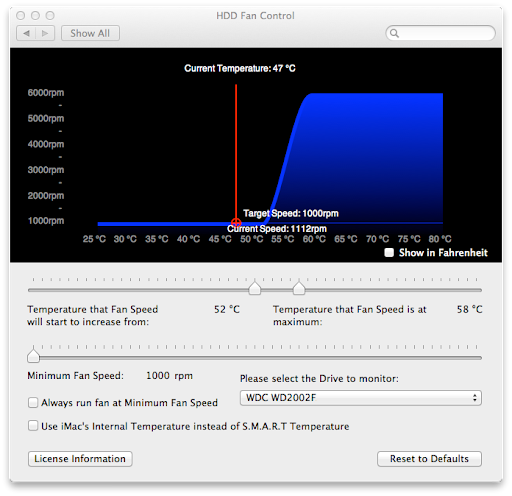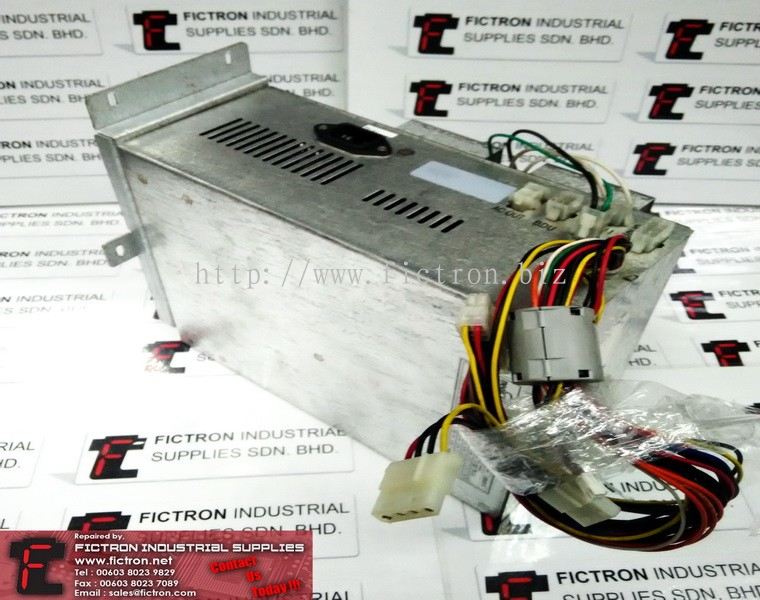
This would basically get the job done if it works on the rMBP as well, but I'd prefer something friendlier. When I did this sort of experimenting on my Macbook Air there seemed to be a method which involved setting the desired setting in smcFanControl in OS X and then sometimes rebooting into windows would have the setting stick. My understanding is that under OS X I can use the smcFanControl app to manually specify the fan RPMs, but I have not been able to find a similar way to control or fix the fan speed once I am booted into Windows. So long as the 105 degree Tj Max point is not passed the computer keeps up with whatever game you're playing just fine. So I hope this makes it clear that Apple's fan speed scaling is a bit on the conservative side when the temperatures are high.įrom what I can tell, once you get the machine nice and toasty and the load "stabilizes" it will generally be in a state of equilibrium where the CPU core temperatures hover in the high 80's and 90 degrees C, making occasional excursions above 100 degrees C. I know that the fans are capable of running higher than the highest they have been recorded to run which is in the neighborhood of 4900 RPM, they should be capable of going to 6000 RPM, which, even though it would be noisy would be keeping the CPU cooler, which is a good thing in my book.
#Fancontrol mac mac#
All mac hardware support is declared, OS X version is also available.
#Fancontrol mac free#
This is somewhat inconvenient of course, as it means the CPU has reached a temperature that it should never reach, and also requires a reboot. 22 I wonder why noone mentioned wonderful and free Macs Fan Control app that works flawlessly on Windows.
#Fancontrol mac pro#
On a Mac Pro: Check the enclosure to make sure that your Mac Pro is locked and fully seated, or that the top cover or access door is closed and locked on rack-mounted models.Gaming on the rMBP under Windows 7 is a very good experience but I have noticed that unless I elevate the chassis there is a tendency for the automatically regulated fan speed to fail to engage a rising computational load fast enough to keep the CPU under thermal shutdown temperature (Tj max) and freeze the machine.

#Fancontrol mac tv#
On an Apple TV 4K, Airport Extreme, or AirPort Time Capsule: Unplug the device, then plug it back in. On a Mac computer with Apple silicon: Close and open the lid on your laptop, or restart your computer. On an Intel-based Mac: Reset the System Management Controller (SMC) If the fans in your device run fast even when it isn't experiencing heavy usage and is properly ventilated, follow the steps for your device: If you use your device on a soft surface like a couch, pillow, bed, or your lap, its fans might run more. Use your device on a hard, flat surface like a table or desk for optimal temperature control. Make sure that the vents aren't blocked to allow your device to perform at its best. Some Apple products have vents that let fans bring in cool air and expel hot air. Make sure the vents on your Apple product aren't blocked Learn more about the operating temperature of Apple laptop computers. If the ambient temperature is high, the fans turn on sooner and run faster. This rushing-air sound is a normal part of the cooling process.Īmbient temperature, the temperature outside the device, also plays a role in the fans' responsiveness. You might hear fan noise when this happens, especially if you're in a quiet environment. If your device's processor is working on intensive tasks-such as compressing HD video, playing a graphics-heavy game, or indexing the hard drive with Spotlight after you migrate data-the fans run faster to provide additional airflow. Some Apple products contain sensors that respond when they detect temperature changes inside your system or device, turning on fans to bring cooling airflow to critical components.


Learn how your Apple product monitors internal temperatures and uses fans to cool critical components. About fans and fan noise in your Apple product


 0 kommentar(er)
0 kommentar(er)
